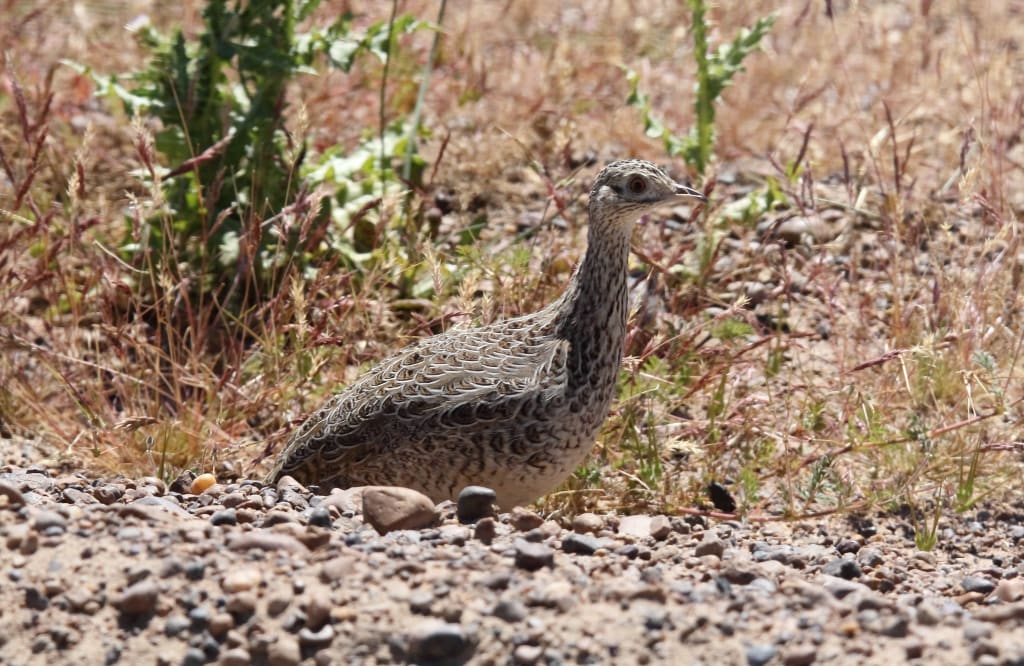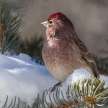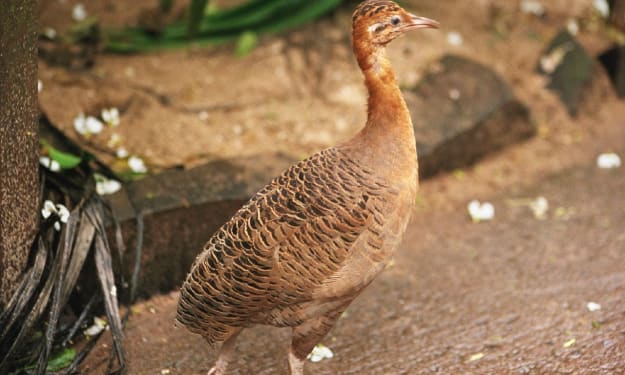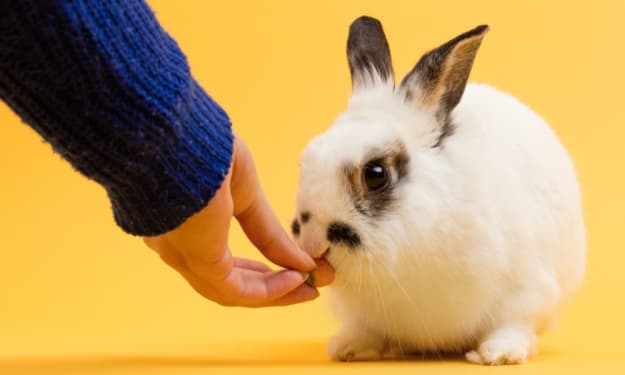
Darwin's Nothura, also known as Pale-spotted Nothura, was described from a specimen taken from southern Buenos Aires in Argentina but its range stretches north to central Peru. This tiny tinamou is mostly found in the highlands, reaching from 1000 m to at least 4300 m, and inhabits savanna, shrubby steppe and even cultivated land. Globally, Nothura by Darwin overlaps globally with similar Spotted Nothura, but Darwin's usually occurs in drier areas and higher elevations. In this species ' very wide geographical range, five subspecies are recognised, and these differ mostly in overall size and overall colouration. Darwin's Nothura is breeding at the ground, and apparently only the male is building the nest. The birds breed in the southern spring and summer, at least in the southern portion of the range. Tinamous are storied, long winged desert birds with very short tails. Five small, short billed, tawny tinamous birds are Nothuras, all inhabiting grasslands or open scrub. Nothura by Darwin is a tiny tawny tinamou of very short-necked size. The upper parts are tawny, feathered with large black bars and narrow light grey borders. Tawny head and ears, dusky and spotted. The underparts are mainly tawny, with the neck and breast more or less streaked with dusky. The genders are identical. Darwin's Nothura distinguishes itself in much of its geographical range by its open habitat and limited size: it is slightly taller and more tawny than Ornate Tinamou, and smaller than Andean Tinamou with a much shorter bill and a taller breast. In lower elevations Andean Tinamou also occurs and this nothura is not considered to be syntopic. Darwin's Nothura resembles the other four nothura species of which only Spotted Nothura has a regional similarity. Those two species are very similar but there are more tarsi and toes in Spotted Nothura. The inner webs of the main outermost Spotted are barred while those inner webs are usually unbarred in Darwin's. The two nothura, too, have distinct vocalisations. Iris changes in colour with maturity. At hatching the irides are medium- to dark brown. By the age of one and a half weeks the irides become paler and grayer and by the third week the irides are deep brown. After five weeks, the colour switches from white to light green, while some people's irides have turned dusky blue. After six weeks, most birds have dusky, yellow irides but occasionally a greenish hue. The iris in males is dusky lemon yellow by 8 weeks, and in females it is medium dark yellow, often with hint of rufous. Most males have ten to twelve weeks of dusky lemon yellow irides, as in adults, but not yet as dark as the irides would be at one to two years old. Female irides change to a much deeper yellow bordering on rufous; the females lose all the yellow in the iris with maturity, and the iris is a bright, deep orange colour. Darwin's Nothura is terrestrial, and appears to flee by escaping when disturbed. Even when flushed, they ride fine and fast. The flight is low, just 2-5 m above level, but the duration of the flight ranges from 20-400 m, and usually the direction of flight is straight or forming a wide arc. Usually a pair of participants don't swim together, but instead they pass in divergent directions. Nothuras are not typically especially cautious, even though they are being deliberately hunted. Copulation will last at least two minutes, during which the female squats with the head tilted uo, turning the head from side to side in a 90o arc very easily. Meanwhile, the man also attempts to maintain his balance and stabilises his position by stretching out a little down the wings to touch the leg of the girl.
About the Creator
MB
I am a bird aficionado and really enjoy spotting them them on hikes. I greatly appreciate the variety of birds cross North America and the world. They are amazing and intelligent creatures, each so unique and with a wonderful life.
Enjoyed the story? Support the Creator.
Subscribe for free to receive all their stories in your feed. You could also pledge your support or give them a one-off tip, letting them know you appreciate their work.






Comments
There are no comments for this story
Be the first to respond and start the conversation.